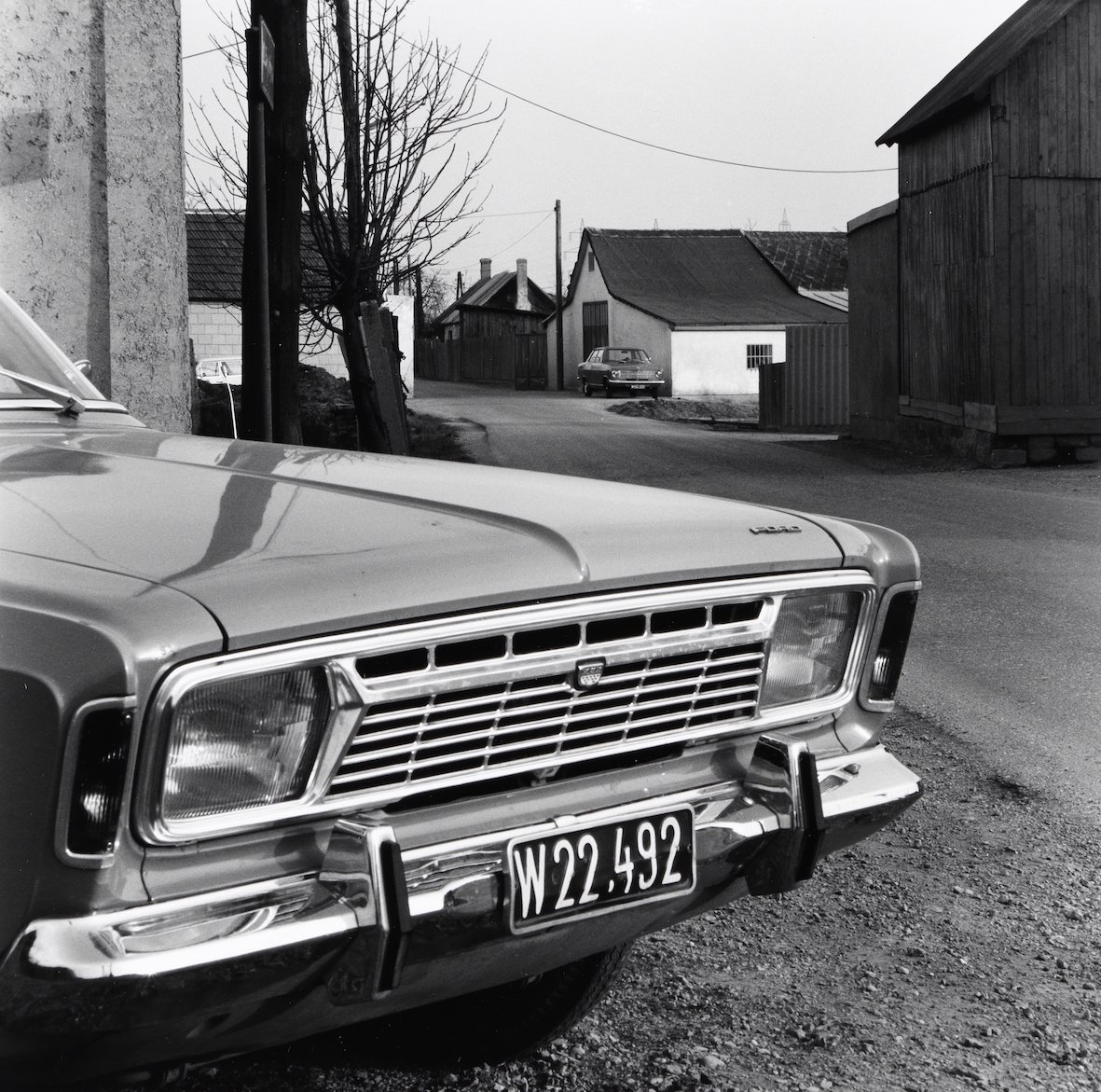On Her Own - Elfriede Mejchar’s Photography
Last week I had the good fortune of being on holiday at Vienna, and serendipitiously came across a pamphlet tempting me with a photography exhibit of Vienna’s grande dame of Austrian photography - Elfriede Mejchar (1924 - 2020).
Her name is not one I’ve heard before, so am curious. aTrained in Nordenham, Germany as a photographer, since then Mejchar had a long career, starting with documenting Austrian cultural assets for the Federal Office for the Protection of Monuments starting from the 1940s to 1984, its said that during this time she documented other’s artwork in the daytime, while creating her own artwork in her in her own time.
She is described as one that “is fascinated with scenes of everyday life”, would without judgement, matter of factly record what she sees. She would take photos of her hotel room, in particular the motel wallpapers during her travels for the Austrian Federal Office; She’ll visit marginal areas around Vienna, at the time in the outskirts of the great City over decades to document in series.
“I don’t like single photos very much”
My observation of the small exhibition agrees, Mejchar’s photos are unremarkable when viewed singularly -one photo shows a shoprow with cars parked outside - yet she would record them over a period of years, or in sequence - next photo is a man approaching the car- another of the same street with some changes in a later time period. Taken as a series, with a title such as “Simmering Haide, 1967-1976” which would later bring her international fame, it tells the story of a rapidly changing city, and being “old pictures” by the time its published, had fermented and gave it the viewer extra flavours to savour, call it longing, call it nostalgia, its those feelings and more.
Mejchar’s long career mean she doesn’t just do urban photography, she would explore the contrast of light and shadows in her black and white photography; She would later also take on studio photography: vibrant, macro, highly sensual photograph of flowers. No, not of them in the most glorious (boring) bloom, but in a state of half-decay, exposing the insides. Her production is varied, captivating and experimental.
As for me, I like her work. Especially of her urban and time-series work, it so often tells a story, of investment in a place, a sort of street photography - in long form.
Its one I can understand, and may seek to emulate in the future.
As photopgrahy can be a very personal journey, I do take note from the exhibition of her limited work of what I can emulate….
Her photos are have very deep depth of field
be it color or black & white, it all shows contrast and space very well.
From a street photo perspective, she really doesn't care if people are in it. In some I can see that the desolation, mundaneness are just as captivating.
The exhibited works are not large, often printed in only sizes between 25cm x 25 cm and 50cm x 50cm. they are not necessary poster sized.
Of note is a description saying she doesn’t do “decisive moment” ala Henri Carier-Bresson. Well true, but to me while she may not have gone for that decisive moment measured in seconds, but her series on Simmering Heide and Erdberger Mais is a great example of catching an important moment of transition of Simmering from rural into suburban during 60 and 70s. Isn’t that a bigger investment in terms of attention, and ol’ fashion hard work to visit a place and record it so thoroughly?






Elfriede Mejchar seemed to have this urge to ask what does “this old building look like from the side?” then to go and snap it. Knowing in a few years these features may no longer exists. What of these old lamp posts, this tiny roads born of organic movement around the rural areas that will soon be replaced by the planned-perfectly-straight strasse and gasse of Greater Vienna.
To me, the Grand Dame had captured a more precious kind of decisive moment.
Thank you Vienna for introducing this great photographer to me. I hope in my essay I can preserve my memory and feelings from that exhibition.
In 2013, Elfriede’s work was donated to Austria’s Sate Collections. Here’s a direct link to her work they have digitised.
At time of writing, the exhibition at Wien Museum is still ongoing, till September 2024.
At only 7 Euros its been a great pleasure to spend the 40 minutes after viewing the Austrian Parliament, and a short walk away from the excellent Joans Reindl Coffee Roasters, across Sigmund Freud Park.
Please visit if you’re able to.
